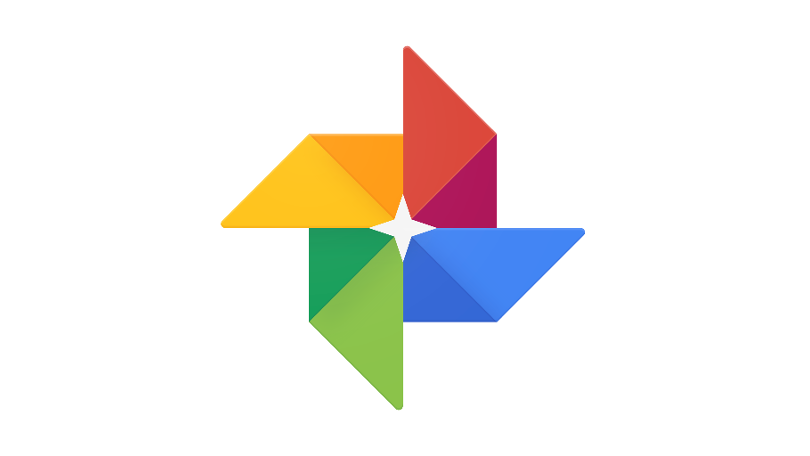
Google Photos turns 10 with new AI-powered editor
Google is marking a decade of Google Photos with a refreshed editor that brings advanced AI capabilities to more users. The company is no longer limiting its powerful editing features to Pixel users. Instead, it’s rolling out tools like Reimagine and Auto Frame globally, starting with Android devices next month and iOS later this year.
This move reflects Google’s increasing focus on AI-powered convenience. The redesigned editor is part of a broader push to make high-end editing accessible to casual users without needing professional tools or skills.
Reimagine brings generative AI into photo editing
The standout feature, Reimagine, taps into generative AI to edit photos with simple text prompts. Users can now transform elements like skies, backgrounds, or objects just by typing what they want to see. For instance, changing a dull, cloudy sky into “clear blue skies” becomes a task as easy as sending a message.
This tool goes beyond filters and adjustments. It uses AI to synthesize new image elements, creating edits that would otherwise require professional software. By embedding this into a familiar app like Google Photos, the company is normalizing the use of generative AI in everyday life.
Auto Frame suggests better photo compositions
The Auto Frame feature also leverages AI but in a more subtle way. It suggests different ways to crop or expand a photo. If there’s empty space, Auto Frame might use generative AI to intelligently fill the gaps, keeping the photo’s composition intact.
These changes aim to assist rather than replace user control. They offer recommendations, but users can always accept, adjust, or ignore them. The intent is to enhance creativity, not automate it entirely.
All tools, now in one place
With the redesigned interface, Google Photos organizes all its editing options into one unified space. It introduces a new “AI Enhance” button that applies multiple improvements at once — like object removal, sharpening, or lighting adjustments — based on what the AI detects.
You can also tap on specific photo areas for contextual suggestions. For example, if the subject is underexposed, Google might recommend brightening the image. If the background looks distracting, it might offer a blur suggestion.
These tools work together to make editing faster and more intuitive. They combine automation with guidance, helping users get the look they want without complex menus or editing know-how.
Sharing gets easier with QR codes
Alongside the editor update, Google Photos now supports album sharing via QR codes. This feature allows users to instantly share albums with people nearby. You can even print the code at group events, letting others scan it to view and contribute photos.
This may seem small, but it shows how Google is thinking about real-world usability. Instead of relying solely on links or invites, QR codes provide a quick, physical way to connect and collaborate.
Analysis: AI-driven but user-focused
Google’s update is more than a visual redesign. It marks a clear transition toward embedding AI deeper into consumer apps. Unlike experimental or beta tools, these features are ready for wide adoption.
The company is striking a balance between innovation and usability. By integrating AI into everyday features like cropping or sharing, it makes the technology feel less like a leap and more like a natural step.
As these features roll out, user reception will likely determine how far Google pushes AI integration into its broader suite of services. For now, it’s clear that Google Photos is no longer just a gallery app — it’s becoming an AI-powered creative toolkit.
